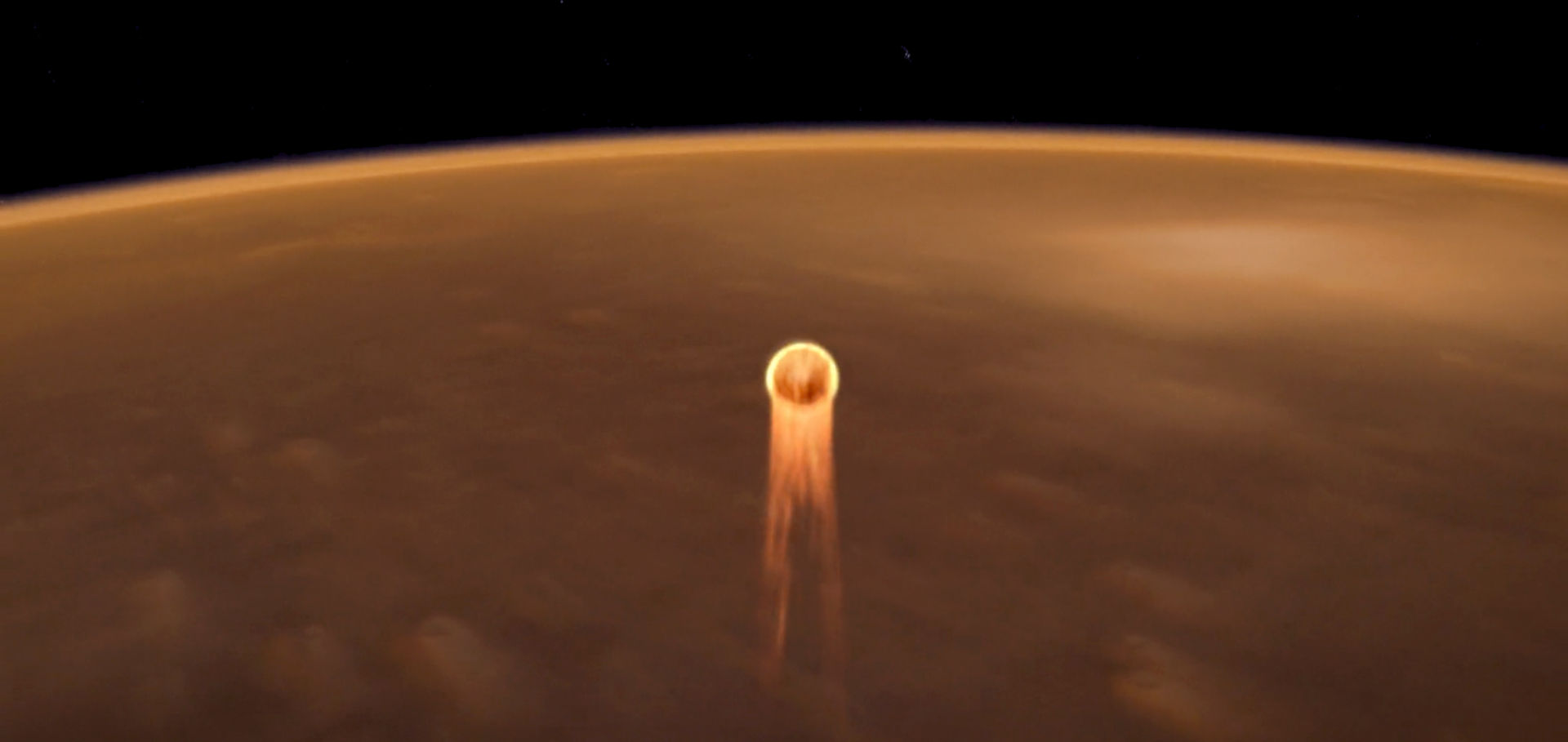New Impacts on Mars: Unraveling Seismic Propagation Paths Through a Cerberus Fossae Impact Detection
Geophysical Research Letters American Geophysical Union (AGU) 52:3 (2025)
Evaluation of the InSightSeers and DART Boarders mission observer programmes
Nature Astronomy Springer Nature 8:12 (2024) 1521-1528
Extensive Secondary Cratering From the InSight Sol 1034a Impact Event
Journal of Geophysical Research Planets American Geophysical Union (AGU) 129:12 (2024) e2024je008535
Artificial Impacts on the Moon: Modeling 3D Seismic Propagation Effects with AxiSEM3D
The Planetary Science Journal American Astronomical Society 5:11 (2024) 246
Seismically detected cratering on Mars: Enhanced recent impact flux?
Science Advances American Association for the Advancement of Science (AAAS) 10:26 (2024) eadk7615


